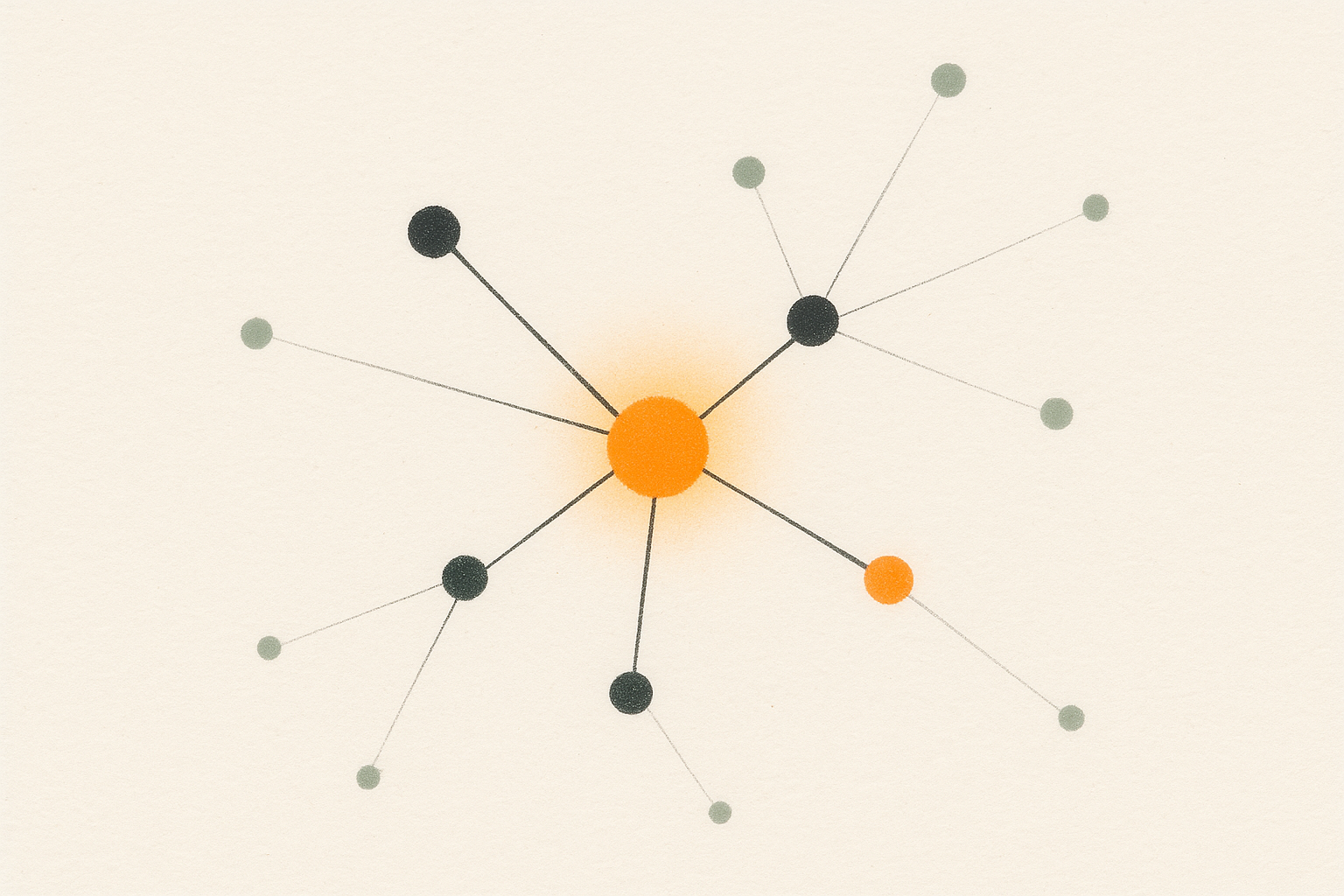A single weak signal rarely changes a strategy. One new startup, one experimental policy, or one shift in consumer behavior may be interesting, but on its own it is not enough to guide decisions. The real value comes from clustering weak signals and transforming them into foresight intelligence that reveals bigger patterns of change.
The distinction between signals and trends matters for foresight professionals and for their stakeholders. Clusters make it easier to explain why certain signals deserve attention and how they connect to emerging opportunities or risks.
Why clusters matter in foresight
Weak signals are the earliest hints of change, but they are often fragmented, uncertain, and easy to dismiss. By clustering weak signals, foresight professionals can:
- Spot emerging themes that no single signal reveals in isolation
- Differentiate noise from meaningful change by identifying repeated patterns
- Build credibility with stakeholders by showing that a potential shift is supported by multiple signals
For example, a few scattered signals about new energy storage technologies may not seem important. But when these signals cluster with developments in regulation, consumer demand, and investment, they begin to point to a disruptive shift in clean mobility.
How to cluster weak signals
Clustering weak signals is about creating foresight intelligence that can be used for decision-making. Practical methods include:
- Categorization: Assign signals to broad themes such as technology, society, economy, environment, or politics
- Tagging: Add descriptive keywords to connect related signals across categories
- Visual mapping: Create diagrams that illustrate how signals relate to each other
- Collaborative clustering: Involve colleagues and stakeholders to reveal connections you might miss alone
The purpose is not to force every signal into a theme, but to allow natural patterns to emerge over time.
Common pitfalls to avoid
When clustering weak signals, it is important to avoid these pitfalls:
- Over-clustering: Combining unrelated signals just to create a narrative
- Chasing irrelevant signals: Spending energy on signals that may be novel but have no strategic relevance
- Narrow scanning: Focusing only on signals from within your industry, which limits the foresight horizon
Avoiding these traps ensures that clustering enhances clarity rather than confusion.
How to manage clusters systematically
Clustering becomes far more powerful when it is part of a structured foresight process. A foresight platform like FIBRES helps organizations:
- Capture weak signals from diverse sources in one place
- Tag and categorize signals for easy comparison
- Cluster related signals into emerging themes
- Track how clusters evolve into recognizable trends
This creates a shared foresight intelligence system that supports strategy, innovation, and decision-making across the organization.
Conclusion
One weak signal rarely shifts strategy, but clusters of weak signals can reveal disruptive changes ahead. Clustering helps foresight professionals move from scattered hints to actionable foresight intelligence. For stakeholders, clusters provide a clearer picture of why change matters and where it may lead. With the right process and tools, organizations can anticipate shifts earlier, build stronger cases for change, and make future-ready decisions with confidence.


